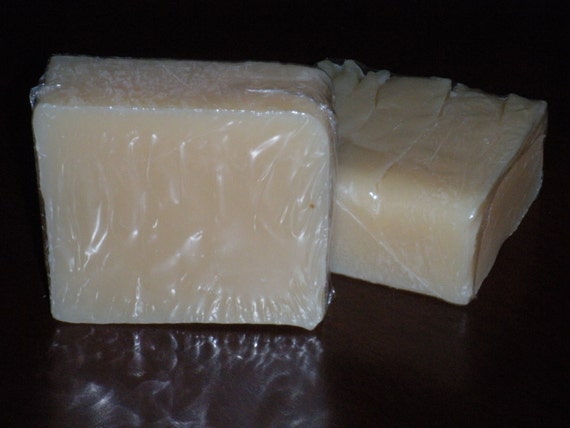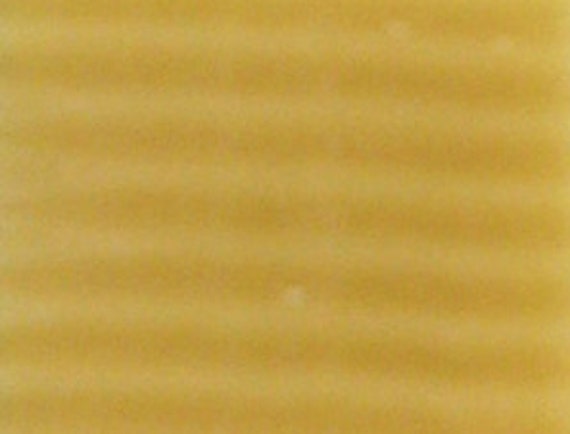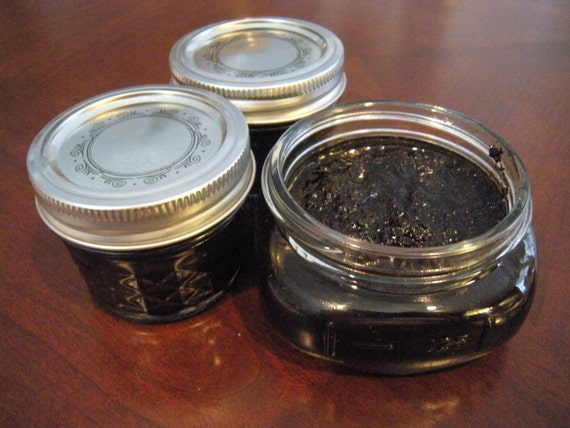DIY Itchy Stix for Bug-Bite Relief

Photo by Jan Berry |
Warm weather heralds the return of fun, outdoor activities,
such as camping, fishing, hiking and gardening. Unfortunately, ticks,
mosquitoes, gnats and other creepy-crawlies that like nibbling on humans
enjoy this time of year, too!
My homemade anti-itch sticks are perfect for treating the discomfort
of pesky bug bites. Their easy-to-apply form makes it convenient for
letting older kids self-treat. The ingredients are all natural and can
also be used on scrapes, scratches and other minor boo-boos, as well.
The base of the recipe is calendula-infused oil, but if you don't
have any flowers available, plantain or violet leaves offer similar
soothing properties and can be substituted. Peppermint essential oil is
added for its cooling benefit, while lavender contributes
anti-inflammatory properties. If you'd like, you can also add a drop of
tea tree oil to fight infection-causing microbes
.
Infusing the Oil
To make the infused oil, add about 1/4 to 1/2 cup dried calendula
flowers to a pint jar. Pour a high quality oil, such as olive or
sunflower oil, over the plant matter until you almost reach the top,
leaving a little room for expansion. Cover the jar and tuck it away in a
dark cupboard for about four weeks, shaking occasionally.
If you want to make this sooner, fill the jar with dried flowers and
oil as above, but don't cover the jar. Place it in a small saucepan
filled with a couple of inches of water. Set the saucepan over a
medium-low burner and gently heat the water for about 1 to 2 hours to
speed up the infusion process. Keep a close eye on the pan, making sure
the water stays under a simmer and doesn't completely evaporate. Remove
the jar from the hot water and let cool to room temperature before
proceeding.
Strain the infused oil from the flowers and use in the recipe below.
Any remaining oil can be stored in a clean glass jar, in a cool, dark
place for 9 months to a year.

Photo by Jan Berry |
Ingredients
- 3 T. calendula infused oil
- 1 T. beeswax
- 5 drops peppermint essential oil
- 3 drops lavender essential oil
- 1 drop tea tree essential oil (optional)
- 6 lip balm tubes
Step 1
Combine the oil and beeswax in a small, heat-proof container. A recycled
tin can makes for easy cleanup or you can use a small mason jar.
Set the container of wax and oil down into a small saucepan filled with 1 to 2 inches water, forming a makeshift
double boiler. Place the pan over a medium-low burner until the beeswax is melted.
Step 2
Remove from heat and add essential oils.

Photo by Jan Berry |
Step 3
Carefully fill six lip balm tubes with the hot mixture and allow to cool before capping.
Step 4
Print
the labels
on sticker paper, available in office supply stores. Cut out and affix
to each lip balm tube. Regular sticker paper will eventually smudge and
smear, so if you plan to give these as gifts, you may want to invest in
waterproof paper, available
here.

Photo by Jan Berry |
Itchy Six Tips:
- If you find the salve too soft for your needs, try remelting and adding a little more beeswax to firm the texture up.
- If you don't have a source of lip balm containers, you can
pour the hot mixture into a small tin or jar instead to dab on bug bites
as needed.
- If you're allergic to one of the essential oils in this
recipe or dislike its scent, you can omit it. Other options include
using all peppermint oil or all lavender oil or leaving the essential
oils out completely. Calendula oil by itself is still a helpful skin
treatment.
- If you're pregnant, nursing or have chronic health issues, check with a health care professional before using a product containing essential oils.
- Itchy Stix are not for use by infants or very small children who may try to eat the product.
Original Post: http://www.hobbyfarms.com/hobby-farms-editorial-blogs/craft-hub/itchy-stix.aspx
 |
Jan is a goat-chasing, soap-making, homeschooling farm wife who loves vintage tea cups,
word games and turning weeds into beautiful things. She joins the Craft
Hub each month with DIY body care recipes and projects. She can also be
found at her blog, The Nerdy Farm Wife. |


